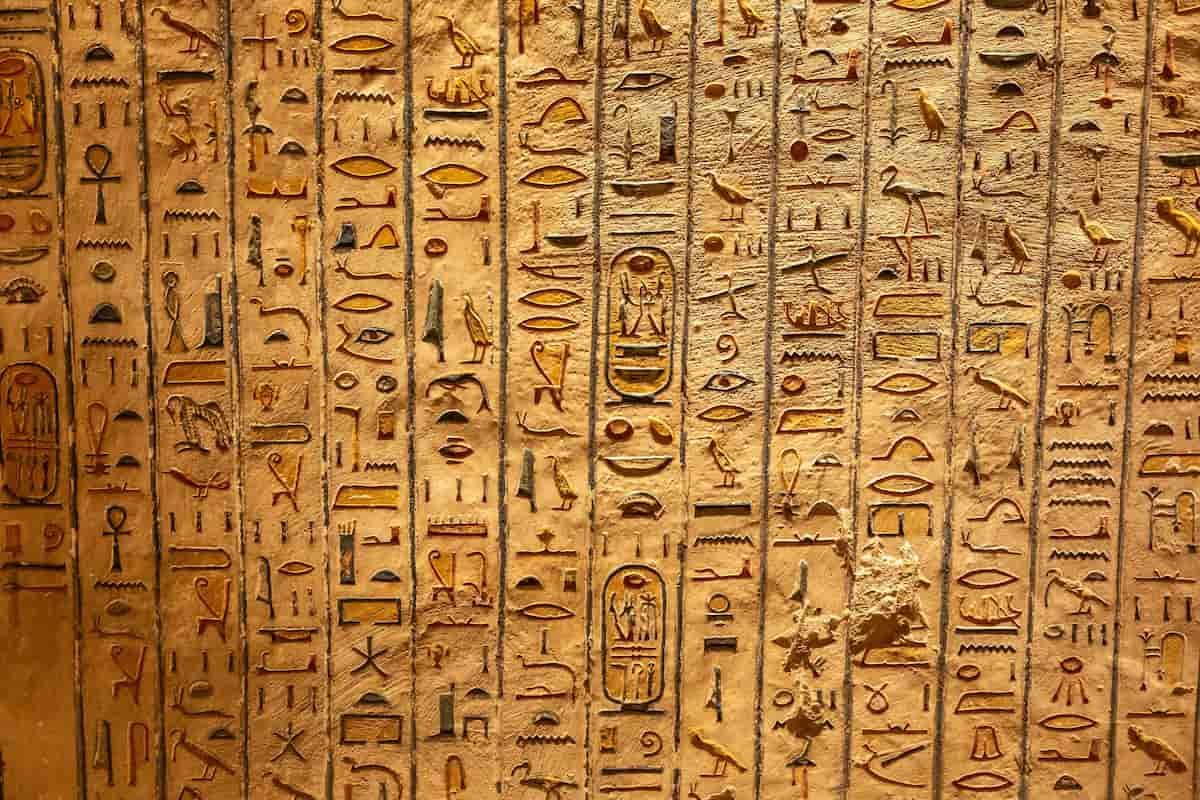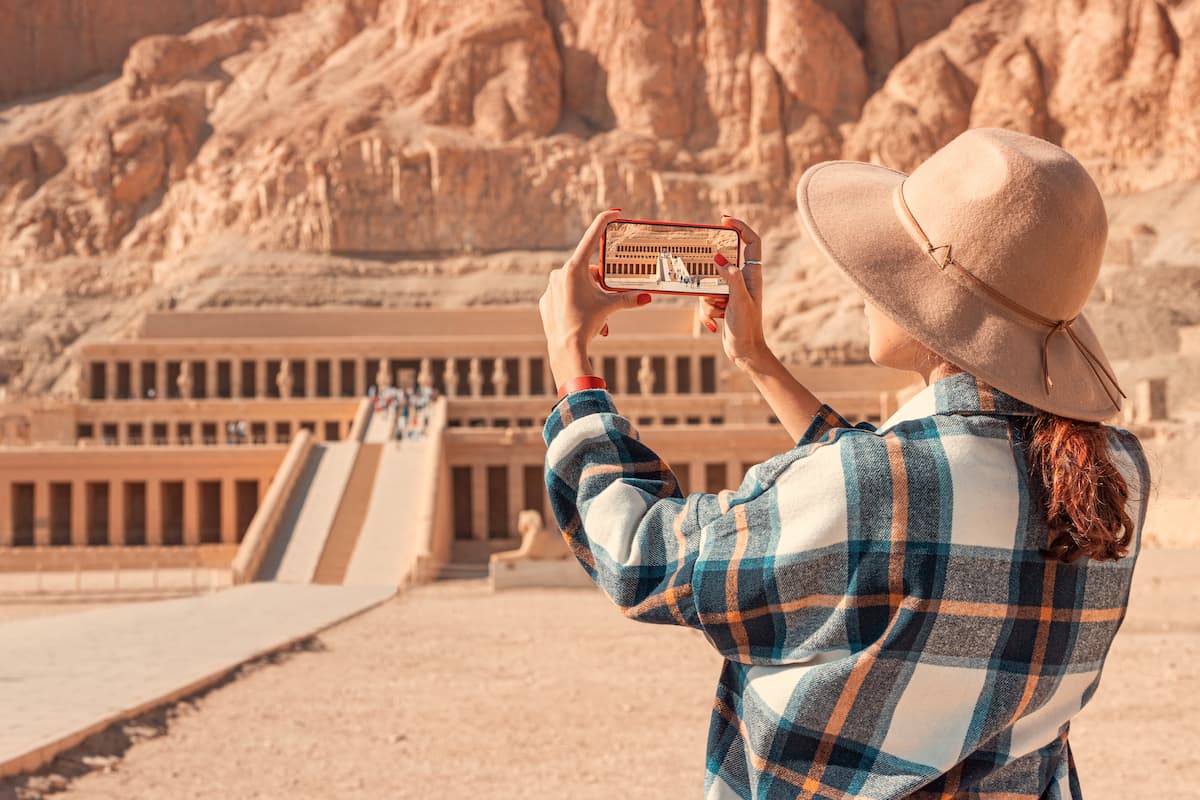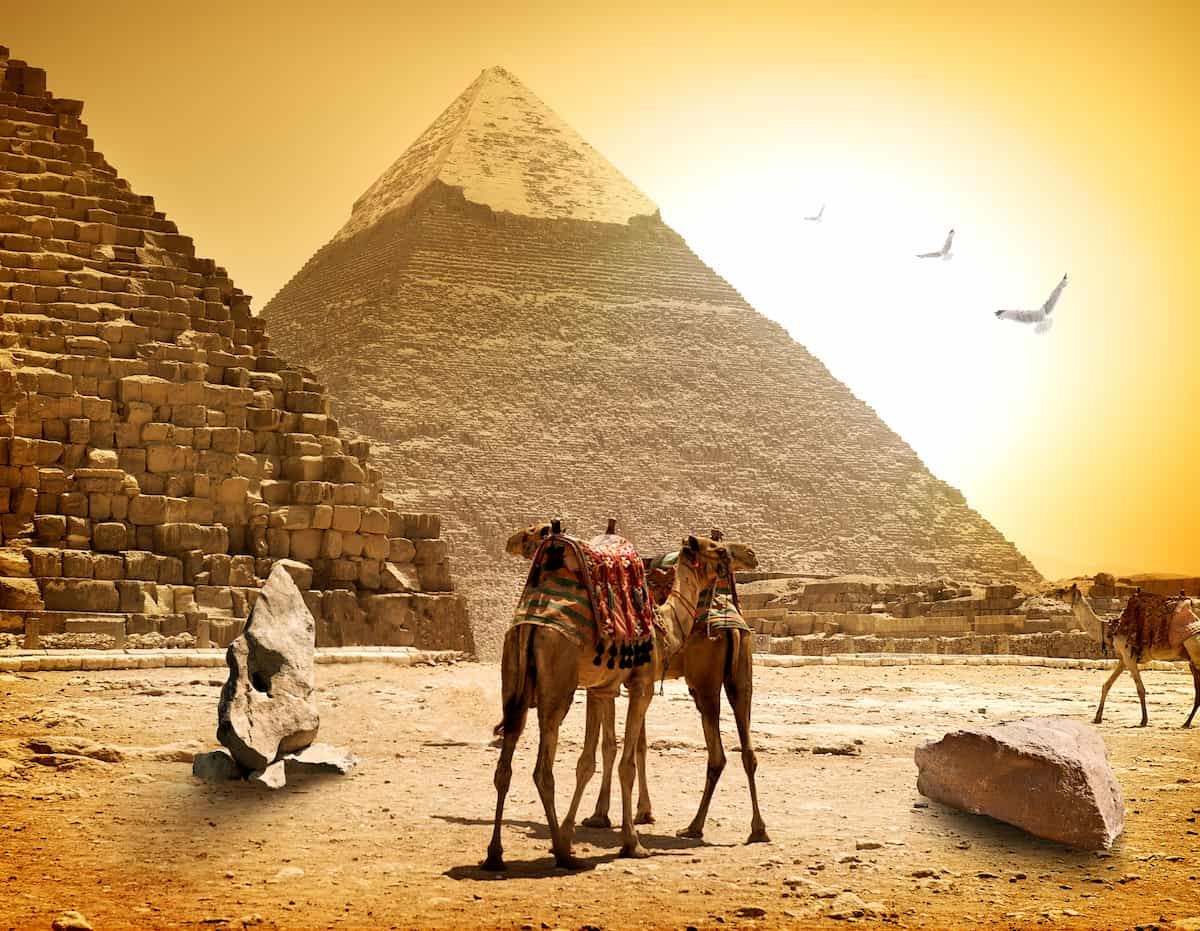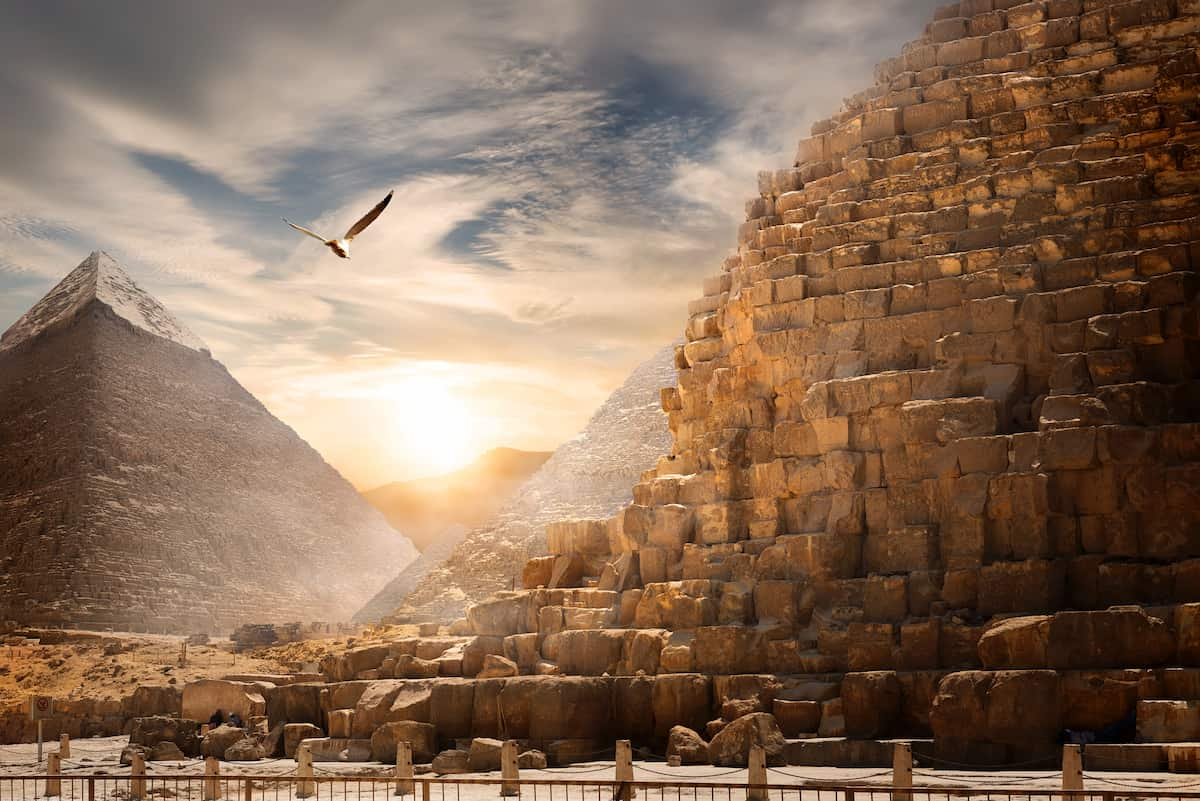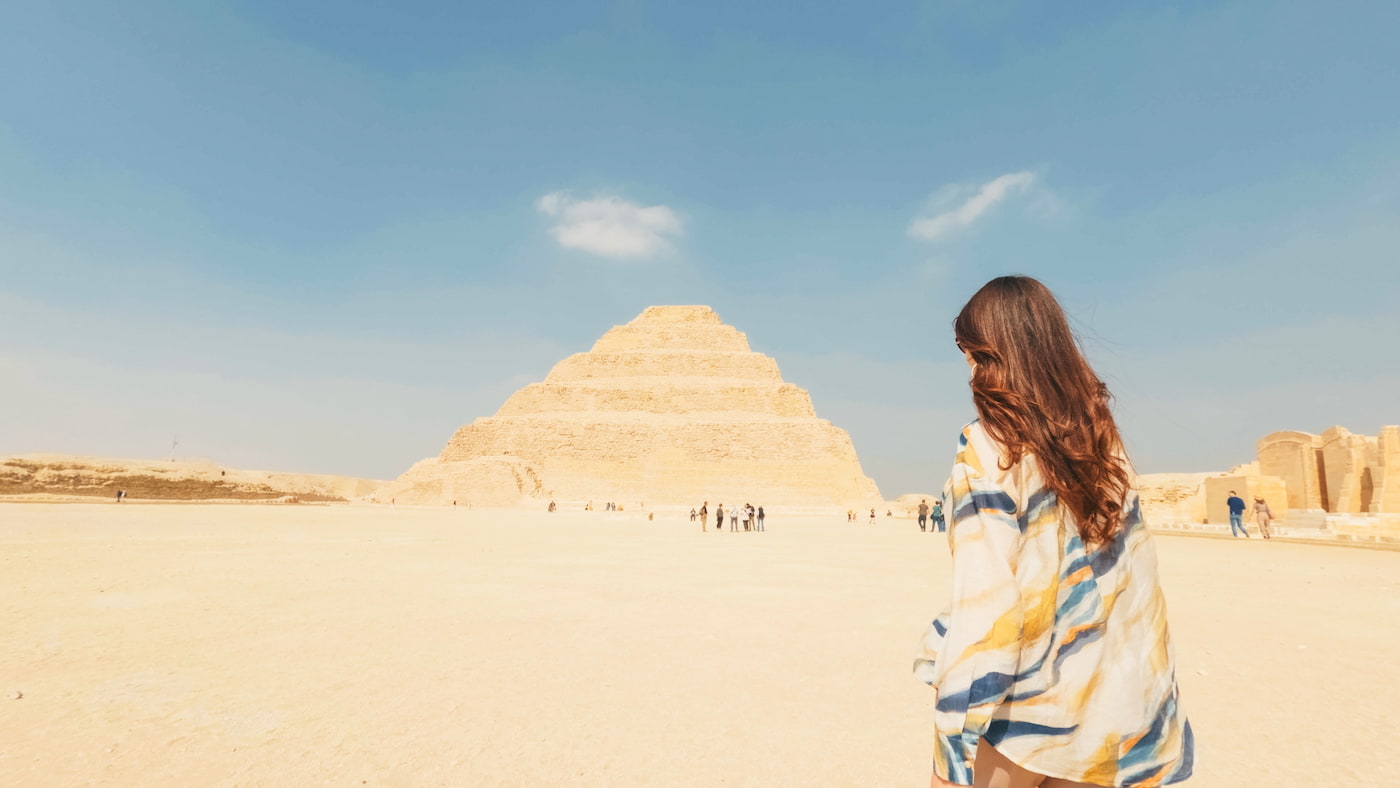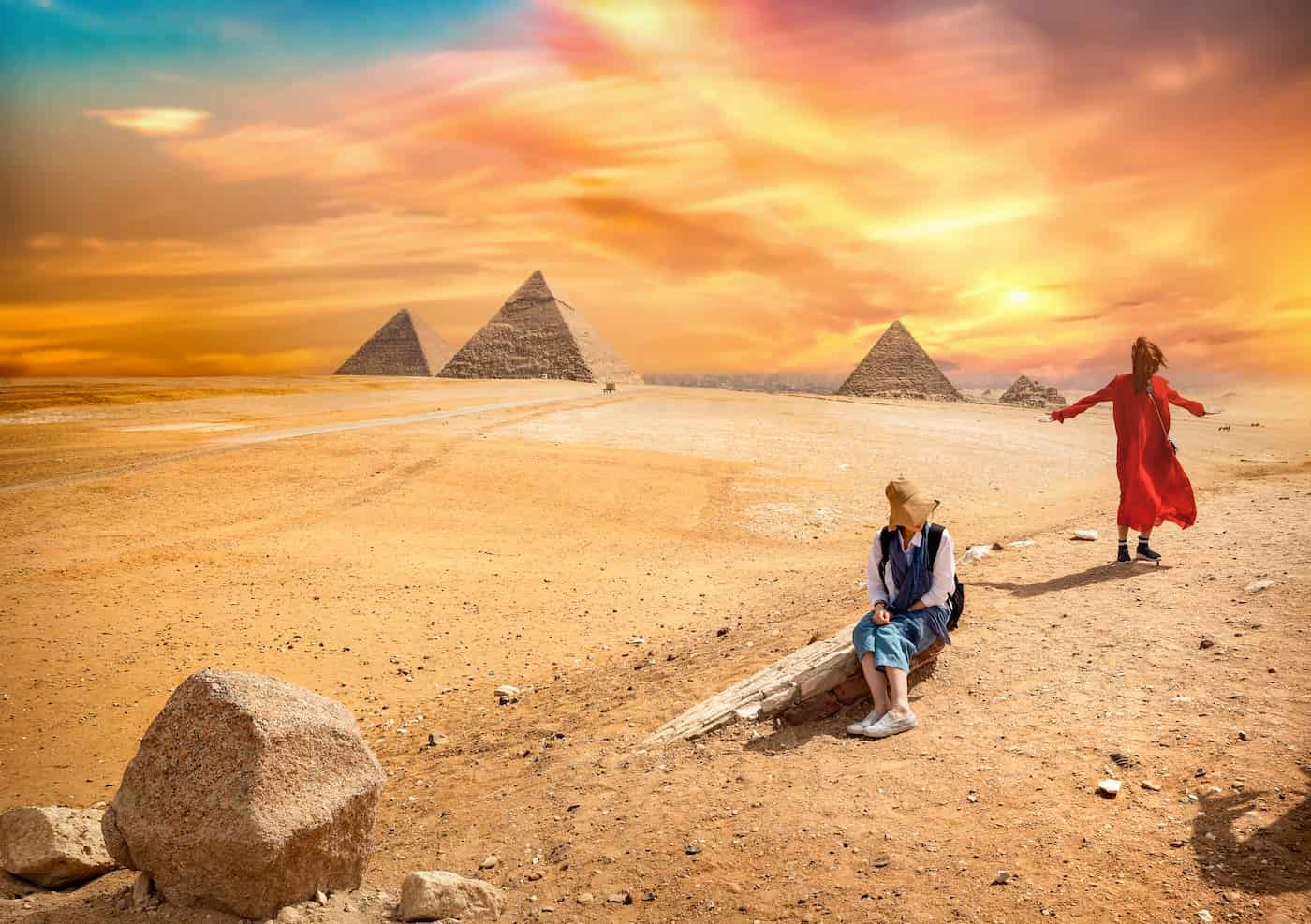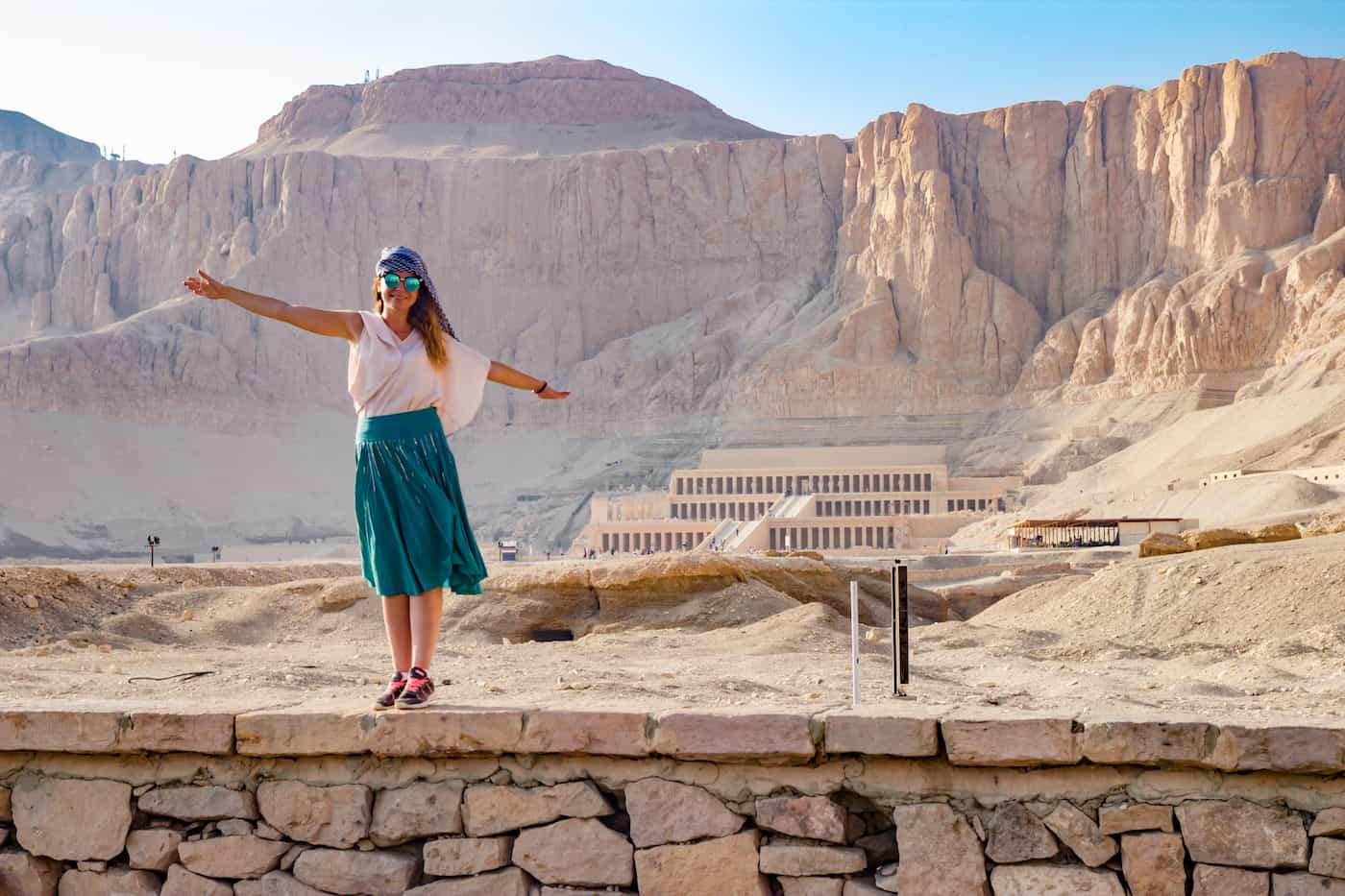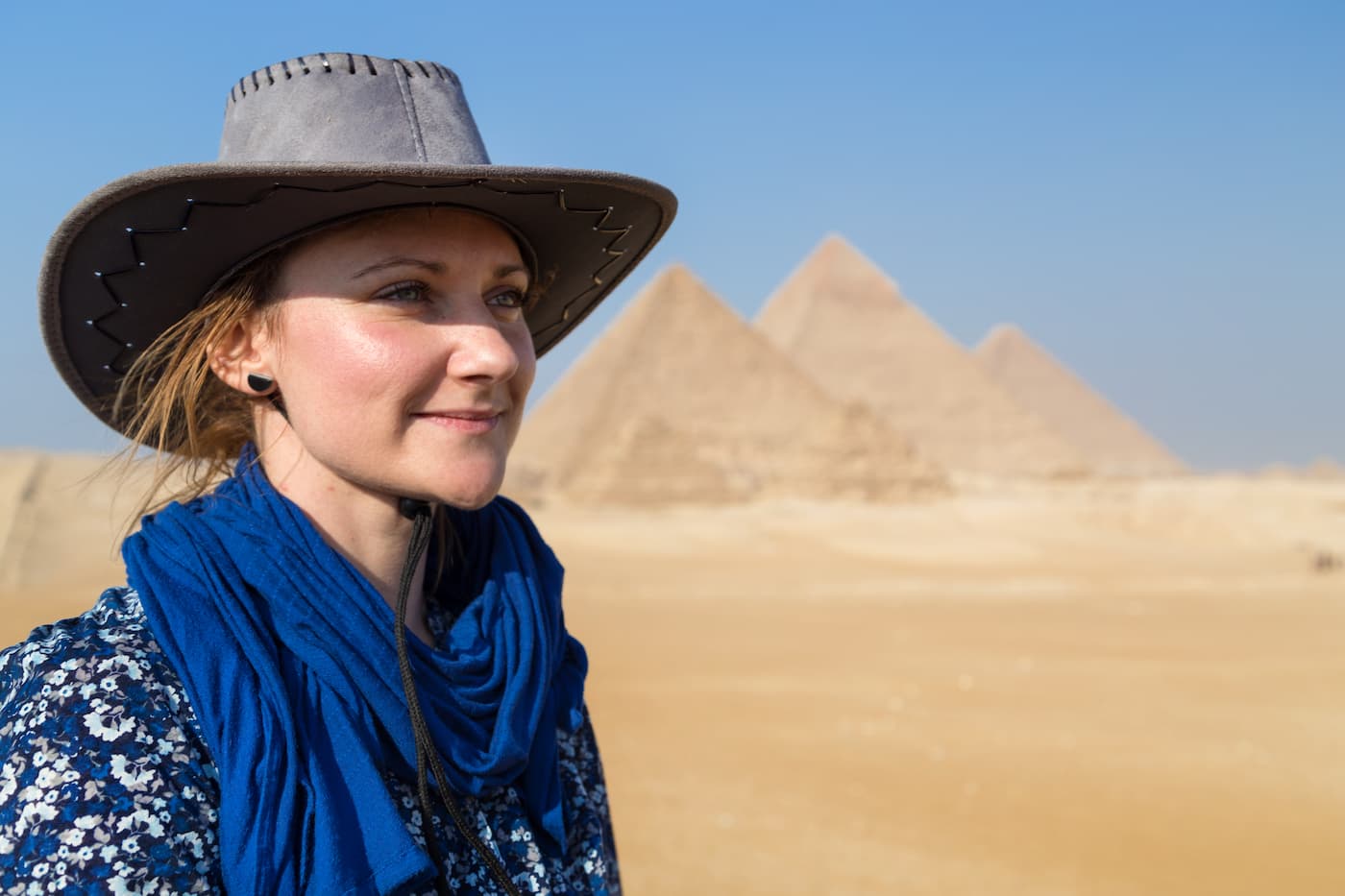Hieroglyphics Definition, Facts, History, and Much More
Firstly, Hieroglyphics refers only to Egyptian monument inscriptions. However, since the late 19th century, the term has been applied to the picture-based writing systems of other ancient civilizations, such as the Indus, Hittite, Mayan, Incan, and Easter Island cultures, as well as the signs on the Phaistos Disk from Crete. Hieroglyphs were complicated to write because of their detailed pictures. So, they were mostly used for important inscriptions on monuments. For everyday writing, people used simpler scripts that were easier to use. Now, no one uses hieroglyphs anymore.
Stepping back in time in the deep sand of Egypt, the Hieroglyphics writings have fascinated and puzzled people for centuries. These ancient Symbols were carefully chosen and curved on the stones and walls of temples, tombs, and every other thing that could wittiness the greatness of the Egyptians. Hieroglyphics, often called “sacred carvings,” you might be asking why. Well the answer is not in one sentence it needs another topic to talk about, but the fact is it was always related to some cures to prevent thieves from breaking into the tombs of the Pharos and stealing their valuable things.
The Hieroglyphics were developed over time and to be accurate over five thousand years ago. Moreover, this type of writing system was central to the religious, administrative, and cultural life of ancient Egypt. Notably, these types of sophisticated symbols were too hard to use in daily life, as they contained more than 700 symbols representing objects, ideas, or sounds. For many years, their meanings were lost to time, shrouded in mystery until a crucial discovery unlocked their secrets.
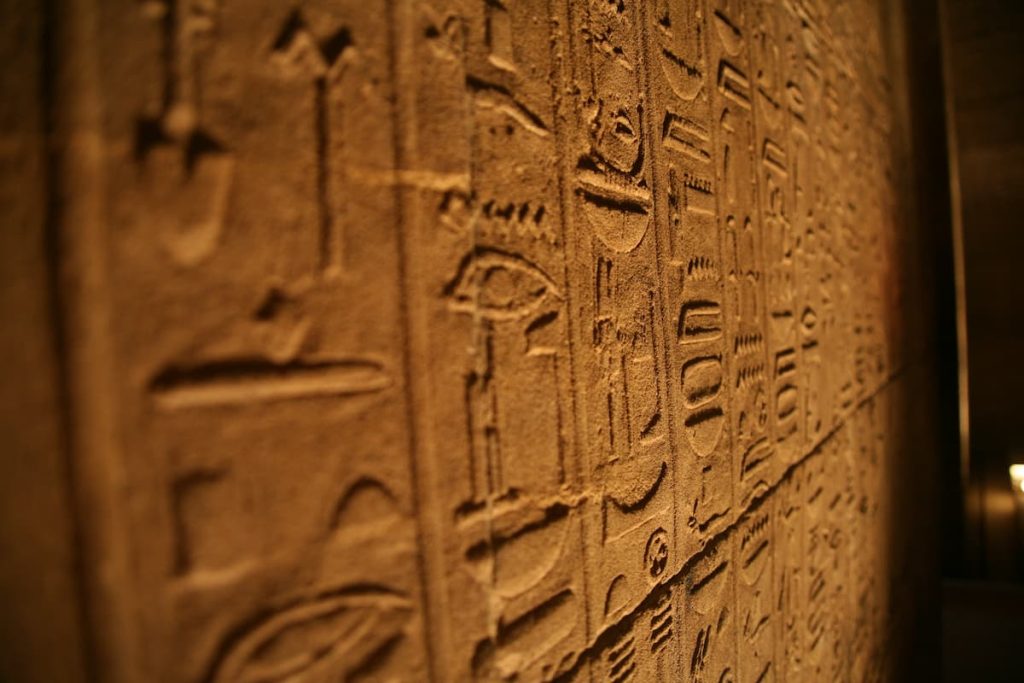
1. The Origin of The Hieroglyphics
The Genesis of Hieroglyphics is one of the most fascinating tales that begins in the time of ancient Egyptian. The time was around 3100 BCE, during the dynastic periods this system later were known as Hieroglyphics. The most accurate definition of Hieroglyphics is that it is a blend of art and language, comprising more than 700 symbols. Each symbol, or “hieroglyph,” could represent a physical object, an abstract idea, or a specific sound, making it a versatile tool for communication.
The term “hieroglyphics” itself is derived from the Greek words “hieros,” meaning sacred, and “glypho,” meaning carvings. Alternatively, this shows that the main use of it was in religious and monumental inscriptions. In addition, hieroglyphics were used mainly for religious texts and carved into stone to ensure their permanence. However, the use of Hieroglyphics got wider to include administrative, and literary purposes, written on papyrus, pottery, and other materials.
The Hieroglyphics are unlike the Alphabetic scripts that are used today, separating the two we find that Alphaptics use letters to represent sounds. While hieroglyphics could convey multiple layers of meaning through pictorial representations. The complex nature of hieroglyphics meant that scribes could now record detailed stories and complex ideas with great accuracy. The unique feature of this writing system was that the direction of the text could change. This meant that depending on how the symbols were oriented, the text could be read from left to right, right to left, or even top to bottom. This flexibility made the script more visually appealing and allowed scribes to create beautiful and balanced compositions.
How were the Hieroglyphics developed over time?
The development of hieroglyphics was always related to powerful Pharaohs as whoever came to the throne took care of it to control the empire and also the establishment of a centralized state, where written records became essential for administration and governance. Understanding this complex system gave the scribes a prestigious position in society. Furthermore, the scribes were like gatekeepers of knowledge and messengers between the world of the gods and the world of humans.
The more the Egyptian society progressed, their writing system became more complex and artistic. The way the Egyptians created and developed hieroglyphics shows how much they valued their history, culture, and religion. The intricate designs and deep meanings of hieroglyphics have made them one of the most well-known parts of ancient Egyptian culture that still fascinates people today.
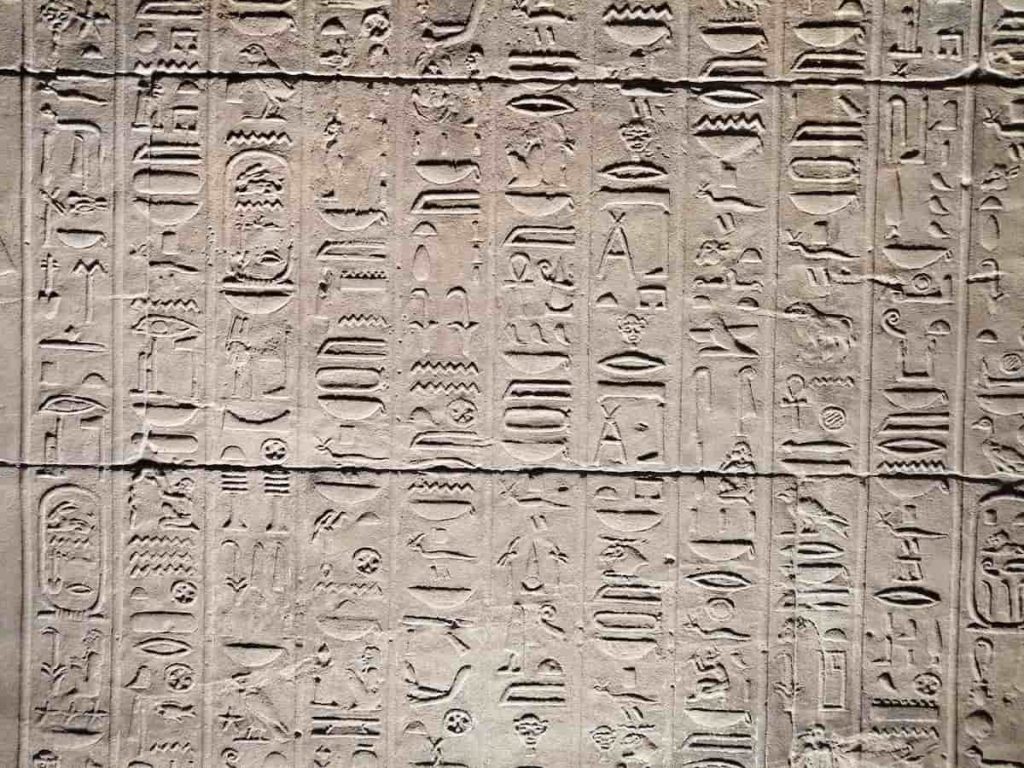
2. Figuring Out The Best Way to Represent The Hieroglyphics
Figuring out or decoding the symbols of ancient Egyptian hieroglyphics was one of the most remarkable achievements in the field of Egyptology. For a long time, the fancy symbols on old buildings and papers confused everyone. Later then, in 1799 something amazing happened French soldiers found the very famous rock (Rosetta Stone). This great discovery took place in the time when Egypt was under the control of France, especially during Napoleon’s trip to Egypt.
Jean-Francois Champollion
This stone slab, made of granodiorite, had a fancy message on it from way back in 196 BCE. The message was written in three different languages: Greek, Demotic, and hieroglyphics. Because people already knew how to read Greek, this discovery helped unlock the secrets of the other two languages. Jean-Francois Champollion, a smart French guy interested in languages and history, figured out how to read hieroglyphics.
He carefully studied ancient Greek texts and compared them to hieroglyphic and Demotic scripts. Champollion realized that hieroglyphics weren’t just pretty pictures, but they also represented sounds, almost like a phonetic code. His big discovery, which he shared with the world in 1822, was that hieroglyphics used two types of symbols. Some symbols stood for whole words or ideas, like a picture representing “sun” meaning sunshine. Other symbols represented sounds, so putting them together created words, kind of like how we build words with letters in our alphabet.
Because of Champollion’s work, we can now understand ancient Egyptian texts and learn about their lives, beliefs, and everyday activities. Hieroglyphics are pretty cool because they can be read in different directions—left to right, right to left, or even top to bottom—depending on the characters’ faces. There are also special symbols called determinatives that give us extra clues about the meaning of words, telling us if it’s a person, a place, or something else entirely.
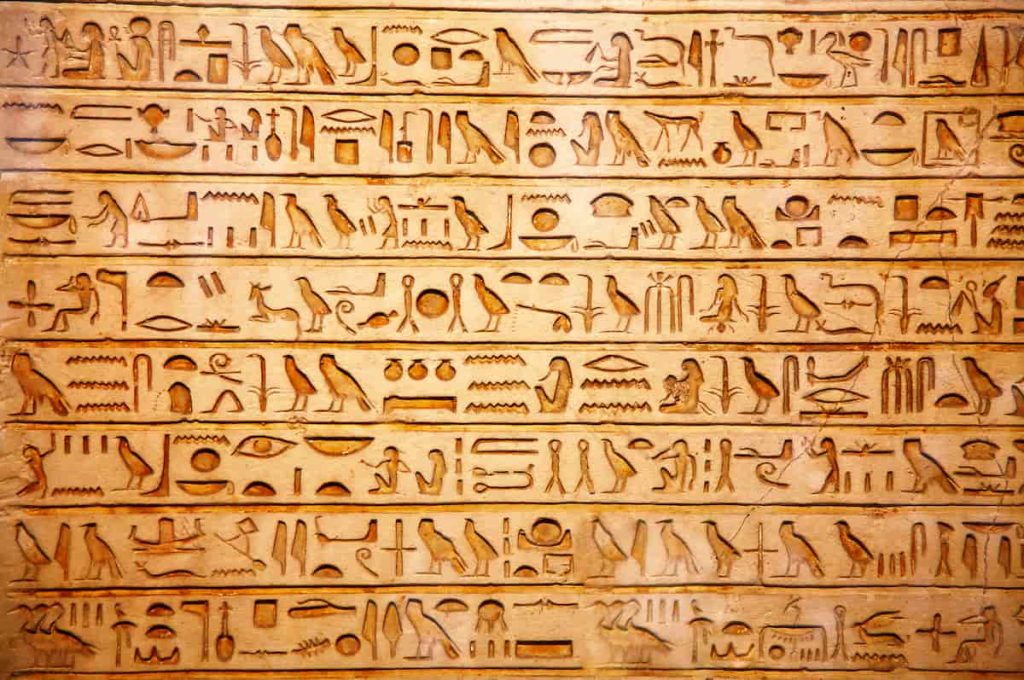
3. The Role of Hieroglyphics in Egyptian Culture
At the heart of the culture of the ancient Egyptians lay the belief in the mystical qualities of hieroglyphics. Hieroglyphics was pivotal in the tapestry of ancient Egyptian culture and spirituality. From the grand walls of temples to the inner sanctums of tombs, gave us a peek into the lives of pharaohs. Moreover, The ancient Egyptians believed that words had power, and by writing them on big monuments and special things, they could get protection from the gods and keep them happy.
This idea was especially seen in the writings inside tombs, which had special words and prayers to help and protect the person who had died as they moved on to the afterlife. These writings, like the Pyramid Texts and the Book of the Dead, were a big part of how Egyptians said goodbye to their loved ones. Hieroglyphics were also important for the Egyptian government. There were special people called scribes who knew how to read and write these complicated symbols. They started learning when they were young and became experts. They did important jobs like keeping track of taxes and writing down important legal information. Because they could read and write, they were respected and had a lot of influence.
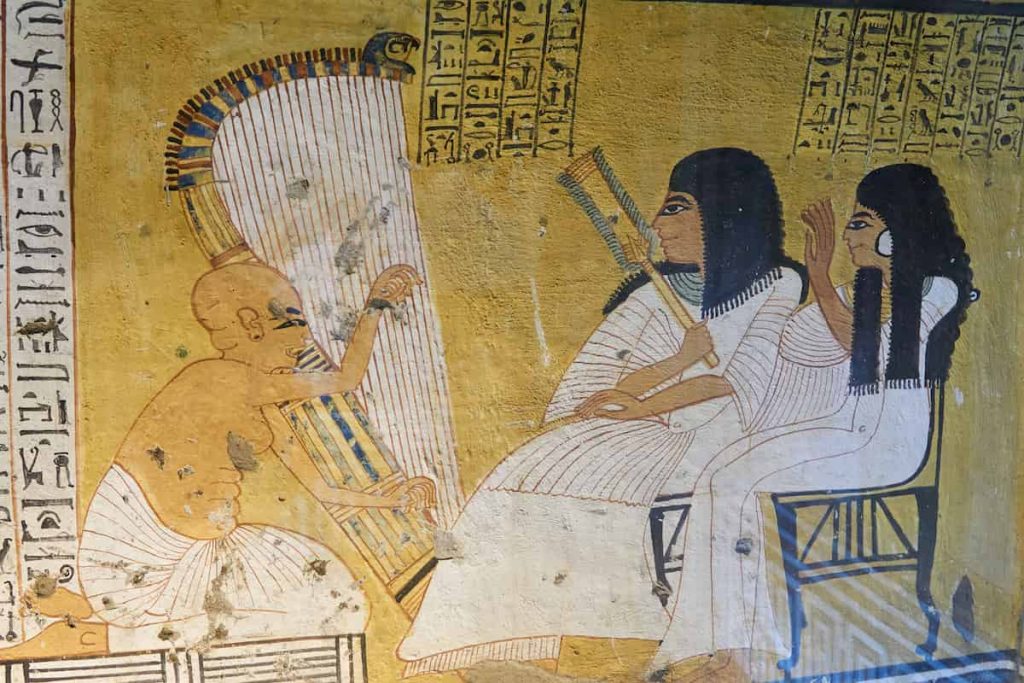
4. The Legacy of Hieroglyphics
The Hieroglyphics always hold a great part of Egypt’s ancient history. It was a special way of writing that used pictures and symbols. With more than 700 of these symbols, the Egyptians could tell stories, share their beliefs, and write about their everyday lives. Revising the past finding the Rosetta Stone, in 1799, helped us understand what these symbols meant. Furthermore, it opened a door to learning more about how people lived in ancient Egypt.
Hieroglyphics were used everywhere in ancient Egypt. They decorated places like temples and tombs, and they told stories about their gods and important leaders. These writings were like magic words to protect and take care of people after they died. There were special people called scribes who knew all about these writings and kept this knowledge safe. They helped make sure Egyptian traditions continued by using them in different parts of life, like religion and writing books.
Even though people stopped using hieroglyphics a long time ago, we still find them interesting today. We can learn a lot about how ancient Egyptians lived and what they thought about the world. Hieroglyphics connect us to a fascinating time in history. In addition, they show us how clever and creative people were back then. They remind us that we humans always want to understand and explore the world around us.
Conclusion
Hieroglyphics is an ancient Egyptian writing system that’s both fascinating and mysterious. It’s one of the oldest ways of writing, and it’s super detailed and artistic. Egyptians used these unique symbols to share their history, beliefs, and everyday lives. Hieroglyphics were super important in ancient Egypt’s government and religion. Special writers called scribes made sure that everything from official business to religious stories was carefully recorded. Whether on temple walls, tombs, or papyrus scrolls, hieroglyphics kept the stories of pharaohs and gods alive.
But as new scripts and religions took over, hieroglyphics slowly faded away. By the time the Roman Empire rose, it was mostly replaced by Greek and Coptic scripts. And when Byzantine rulers banned old religious practices, hieroglyphics disappeared by the 4th century. Finding the Rosetta Stone in 1799 helped experts finally understand hieroglyphics again. Scholars like Jean-François Champollion spent years figuring out what the symbols meant, unlocking ancient Egypt’s secrets. Because of their hard work, we now know so much more about this incredible civilization.

